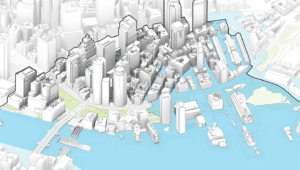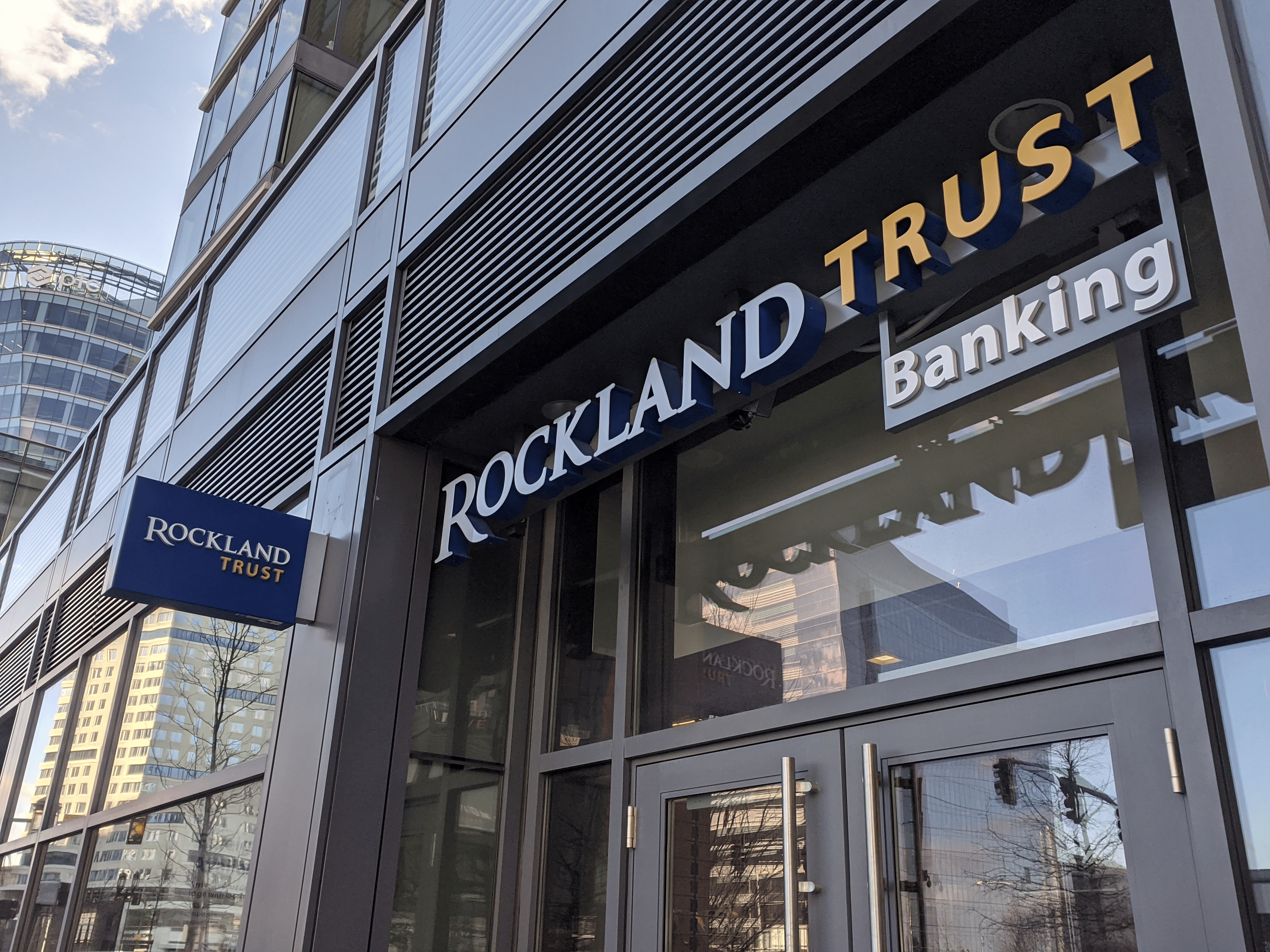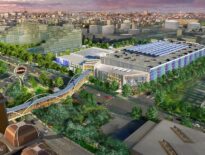
A rendering showing the area of downtown Boston that could be flooded by a so-called "100-year storm" by 2030 as sea levels rise and the severity of ordinary storms worsen. It's estimated that Boston has a 10 percent chance of being hit by a 100-year storms by 2033. Image courtesy of the Wharf District Council
As the city solicitor in Quincy during the 1980s, Bill Golden filed the lawsuit that resulted in the federally-ordered $3.8 billion project to reduce raw sewage discharges and clean up Boston Harbor.
The former state senator is turning his attention to a different coastal crisis these days. Golden is lobbying support for creation of a regional government agency to oversee a series of massive resiliency projects designed to protect Greater Boston communities from projected future storm surges.
The scale of the threat to life and property requires a coordinated response encompassing communities from Hull to Winthrop and as far inland as Route 128, Golden said.
“To date, it’s been very fragmented and piecemeal, and I don’t think this should be shifted onto the private sector as the entity that should be leading this,” he said. “There has to be a much higher level of master plan that we are delivering.”
Golden’s Boston Harbor Regional Storm Surge Working Group this month hosted local officials aboard a harbor cruise vessel for a discussion of what’s worked and failed in other jurisdictions, as potential guides for a Boston Harbor model.
In remarks to the group, Lt. Gov. Kim Driscoll said the administration is bringing a “sense of urgency” to the need to plan for climate change, noting Gov. Maura Healey’s creation of a new Office of Climate Innovation and Resilience headed by former federal Environmental Protection Agency official Melissa Hoffer.
“I don’t think anyone needs to be convinced that climate impacts are impacting Massachusetts and obviously the entire country in a meaningful way, but it’s hitting our coastal communities most assuredly,” Driscoll said.
A key element of Golden’s proposal is creation of a regional government authority – similar to the Massachusetts Water Resources Authority – that would have power to levy fees, collect grants from government sources and issue bonds to pay for large-scale resiliency projects. The state legislature created the MWRA to oversee the scope of the Boston Harbor cleanup in 1985.
“An institution is required to implement and build the facilities, and the favored model is the MWRA: a single-purpose entity that would have independent funding and could do the task,” Golden said.
Recent climate studies project a 40-inch rise in harbor sea levels by 2070, and several flood barriers are in the planning stages including a 2,000-foot-long berm along Fort Point Channel and future new seawalls in the Raymond L. Flynn Marine Park.
One recently-approved private development, the 6.1 million-square-foot Dorchester Bay City, is designed to tie into a new flood barrier along the Dorchester Shores Reservation and Moakley Park in a partnership with the city of Boston and the Massachusetts Department of Conservation and Recreation. And the Wharf District Council, a group of Downtown Boston property owners, is pushing for design for an $877 million storm barrier to be built along a 1.5-mile stretch of waterfront from Christopher Columbus Park to Congress Street. The project is designed to prevent nearly $4 billion in property damages associated with sea level rise by 2070.
Golden said his group is seeking a legislative sponsor for the authority proposal.
A spokesperson for Gov. Maura Healey didn’t address the question of support for a new state authority, but referred to the candidate’s recently-released 2023 Resilient Mass plan. The report recommends state environmental agencies design projects to anticipate sea level rise up to 51 inches by 2070 in eastern Massachusetts.




 |
| 



